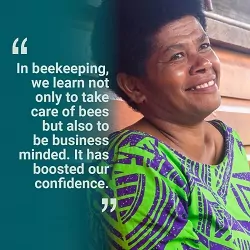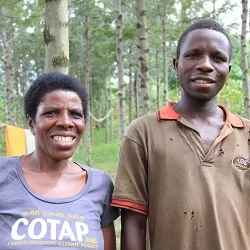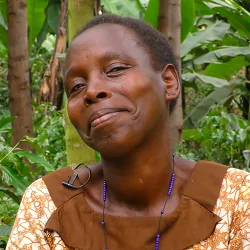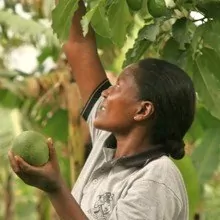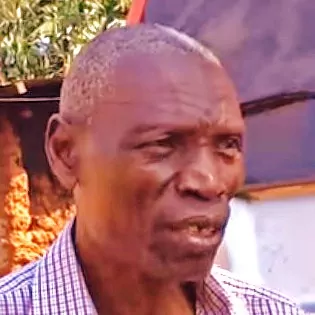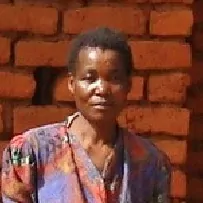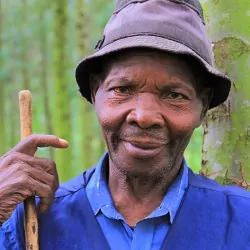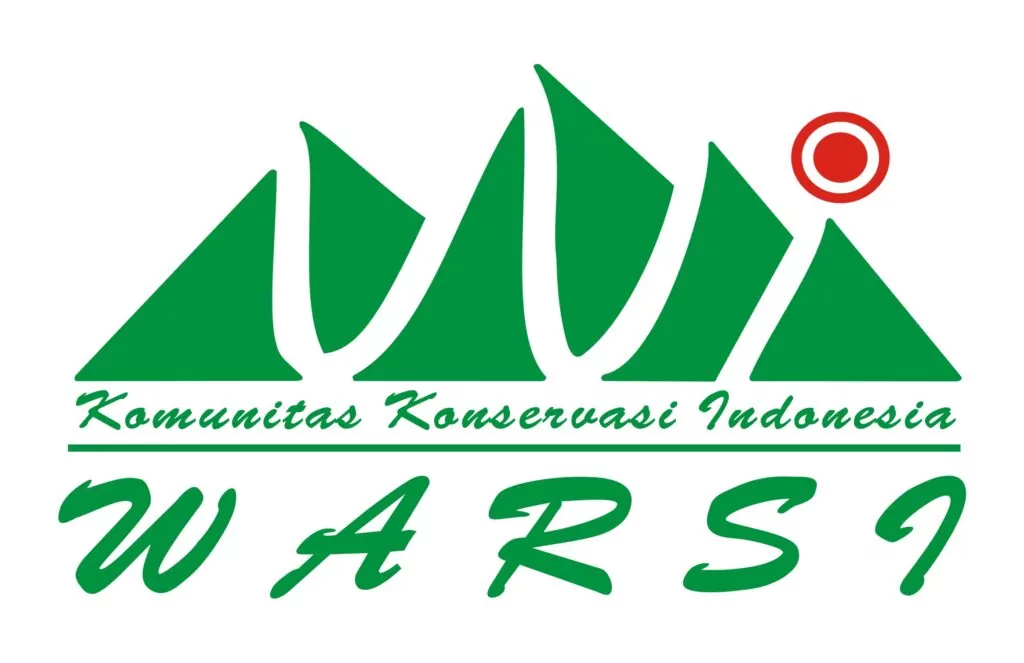Because COTAP is adding an entirely new dimension to something that’s up until now only been an environmental phenomenon, we’ve been occasionally (and not surprisingly) miscategorized as primarily an environmental organization. We’re equally focused on poverty alleviation, so much so that we’ve probably got more in common with microfinance than we do with the carbon markets.
So, we thought it would help to create a starter list of similarities and differences between carbon offsets (as applied by COTAP) and microfinance (aka microcredit or microloans).
1) For-profit instruments mutated for good. Microfinance originated in the context of a for-profit model and context (loans from banks) and it redefined loans by lending to the neediest, who were viewed as riskier, who had the least assets to provide as collateral, and whose borrowing needs were too small to bother with. Similarly, COTAP is embracing and filling a gap for forestry carbon projects in least developed countries, which have their own set of unique and addressable risks, because such projects help the poorest. Neither instrument is all that sexy in and of itself, it’s all about what you do with it.
2) The direction of money. A big difference: loans vs. wages. With microfinance, you lend to someone, and you get paid back. Carbon offsets also involve contract terms, amounts, risks, and remedies for nonperformance. But with carbon offsets, the flow of money is one-way. This is because carbon offsets are for enabling one party to pay another for the environmental service of removing CO2 from the atmosphere. COTAP pools donations from, and acts on behalf of, many individuals and then matches those funds with forestry projects in least developed countries which achieve not only the environmental objective of addressing climate change, but also the social objective of creating wages for the world’s poorest people.
3) Human impact. In both cases, some of the poorest people in the world gain access to funds they would otherwise not have access to for a variety of rational and understandable reasons. Traditional for-profit funding sources respond to risk (a frequent trait of the neediest) with unfavorable terms. With loans it’s things like a higher interest rate or need for more collateral or credit history, and with carbon offsets they’ll offer less dollars per tonne to discount for risk. So the poor get relatively underserved and underpaid, and carbon offsets, like microfinance, can be a way to address such market failures. Through carbon offsets wages or through microfinance loans, when the poor gain access to funds provided by people who value the ability of those funds to changes lives, it does.
4) Tax-deductibility. COTAP passes along most (90.9%) of the funds received from individuals who connect their footprints with our projects, adding a transparent and modest fee to help cover our costs. Unlike microfinance, where the loan itself is not tax-deductible, the entire amount of a COTAP transaction is. It’s important to note that this is the case with COTAP, but not necessarily all carbon offset providers. Not unless they’re registered as an IRS 501(c)3 public charity.
5) Budget-friendliness. Generally speaking, microfinance and carbon offsets are similar in that they’re accessible in this regard. You can participate COTAP starting as low as USD $8.80 for one tonne of your CO2 footprint, and many microfinance organizations allow you do donate at or below the USD $25 level.
6) The connection to your CO2 emissions. With COTAP, you can accurately measure the CO2 emissions associated with your lifestyle (our methodology focuses on driving, flying, and home energy) and connect it with tree planting projects that are verified to be addressing those emissions. With microfinance, it’s more indirect because while you can support climate-friendly projects such as the distribution of efficient cookstoves and solar lighting, most microfinance activities either don’t offer offsetting to ordinary individuals or don’t have the emissions reductions (from reduced wood burning, use of kerosene) formally verified according to a carbon accounting standard.
7) Accountability. With microfinance, if a borrower doesn’t pay back their loan, or doesn’t pay back on time, then they’ll have trouble borrowing money again in the future. Similarly, microfinance institutions (MFI’s) with inferior-quality loan portfolios will have trouble attracting funds to lend out and from which to earn interest. In the same way, individuals participating in COTAP projects get some upfront funding, but a significant portion is withheld until tree planting is verified and until tree growth is verified over time. Specific planters and forestry carbon project developer partners with questionable records will not be able to continue our program until shortfalls are addressed by corrective actions. This is what separates COTAP from opaque and simplistic “donate $1 and we’ll go plant you a tree” programs: carbon offsets is a formal system involving planning, accreditation, contracts, and verification… and therefore accountability.
8) Time scale. Obviously there’s a wide range of time scales associated with microfinance loans, but it’s not unusual for a repayment period to be a year to 18 months. With microfinance, some simple examples would be that an entrepreneur buys goods, equipment, or farm inputs to generate or increase profits which they use to pay back the loan, or perhaps they invest in a technology like a renewable lighting system and use their fuel savings to pay back the loan. With COTAP, payments are front-loaded but are also tied to the verified growth of trees. With COTAP’s current portfolio, it’s not uncommon for each planting season to create 7 or more years’ worth of payments to the world’s poorest, with the carbon payments based on decades of projected carbon sequestration, and with second-order benefits like food security from crop trees and improved soil quality enduring way beyond the cash payment stream.
9) The list goes on! This is just a starter list which will be added to as a work in progress. One of the most interesting and compelling “comparisons” is that microfinance and carbon offsets are often intertwined within COTAP projects. For example, tree planting wages from some COTAP projects are sometimes used to secure microloans. With other COTAP projects, planters’ wages make the need for a loan unnecessary because they can invest those wages or buy what they need outright. With most COTAP projects, efficient cookstoves are built for or given to communities because they reduce demand for fuel wood. And with some COTAP projects, upfront credit is extended to farmers for things like building fences, and then the value of those loans is deducted from future planting wages. Such interesting interconnections between microfinance and carbon offsets are explained in the narrative description and posted project documents on the respective pages of our portfolio.


